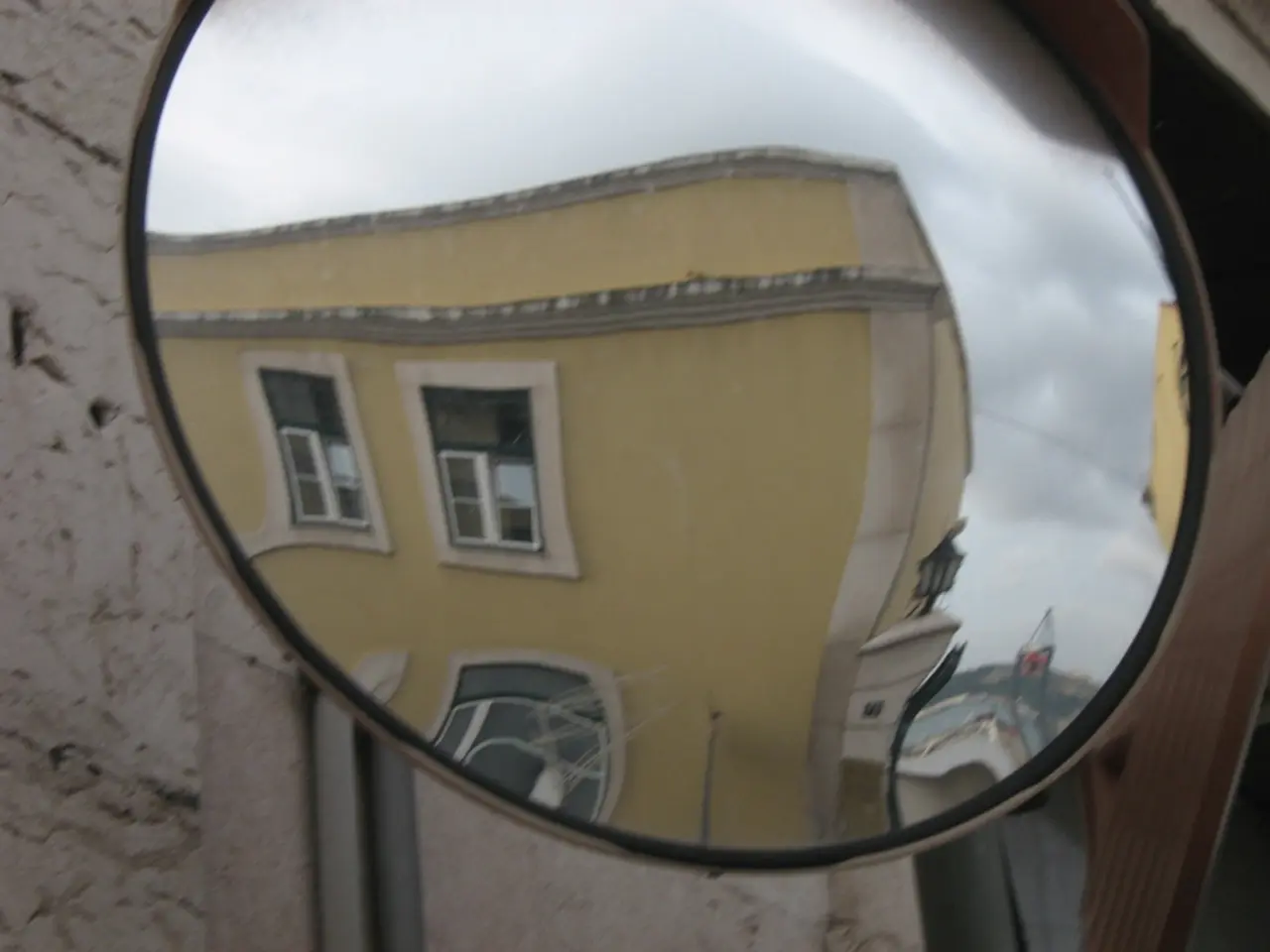Critical Reflection Model: Examining, Contemplating, and Planning Ahead
In the world of nursing, where the stakes are high and the learning curve is steep, one first-year student found solace and growth in the "What? So What? Now What?" reflective model. This model, originally introduced by Terry Borton in 1970, was later developed and popularized by John Driscoll in 1994, offering a simple yet effective tool for reflective practice.
The student, assisting with wound care, felt initially nervous and inadequate. This nervousness likely stemmed from a lack of confidence and fear of making mistakes. But the sight of the nurse's expertise and the impact on the patient's well-being served as a powerful motivator.
The first stage of this model, the "What?", focuses on objectively describing the experience or event. Here, the student would have documented the steps taken during the wound care process, the patient's response, and any challenges encountered.
The "So What?" stage encourages individuals to examine their emotional responses and relate their experiences to broader themes. In this stage, the student might have reflected on their feelings of inadequacy, considering how these feelings could impact their future interactions with patients. They might also have connected the experience to prior knowledge, identifying patterns and uncovering potential implications.
A crucial insight from this stage was the importance of hands-on experience in nursing education and clear communication in developing clinical skills and confidence. The student realized they could have also considered the patient's family members or caregivers in the encounter, highlighting the need for a holistic approach in patient care.
The "So What?" stage further demonstrated that nursing practice requires empathy, communication, and the ability to establish trust with patients. This realization underscored the importance of clinical practice, focusing on developing clinical judgment, communication skills, and patient-centered care.
The "Now What?" stage focuses on determining effective next steps, translating insights into concrete plans and actions, and promoting continuous learning and growth. In this stage, the student gained practical experience in wound care and reinforced their interest in pursuing a career where they can make a tangible difference in patients' lives.
The "Now What?" stage emphasizes that reflection and learning are ongoing processes and encourages a cycle of planning, action, observation, and further reflection. By regularly reflecting on their experiences, we can identify areas for improvement and make more informed decisions in the future.
This reflective model, originally developed by Terry Borton for teachers and educational settings, has since been further developed by Rolfe et al. for healthcare practice, particularly in nursing. It gained popularity as a reflective tool in clinical healthcare settings in the 1980s and continues to be a valuable resource for students and professionals alike.
In conclusion, the "What? So What? Now What?" reflective model offers a practical and effective way for individuals to learn from their experiences, grow, and improve in their professional lives. For the first-year nursing student, this model provided a framework for reflection that not only helped them navigate the challenges of their first clinical experience but also fostered a lifelong commitment to patient-centered care and continuous learning.
[1] Borton, T. (1970). Teachers as Scholars. Jossey-Bass. [2] Driscoll, J. (1994). The Reflective Practitioner: How Professionals Think in Action. Jossey-Bass. [4] Rolfe, M., Freshwater, D., & Jasper, M. (2001). Enhancing Practice through Reflection: A Guide for Health Professionals. Open University Press.
- The reflective model, introduced by Borton in 1970 and later popularized by Driscoll in 1994, is not only valuable for teachers but also for healthcare professionals, particularly nurses.
- The "What? So What? Now What?" model, originally designed for education, is now extensively used in healthcare practice, particularly nursing, as demonstrated by Rolfe, Freshwater, and Jasper's work in the 2000s.
- The first stage of reflection, "What?", is about objectively describing the experience or event, and it's crucial in nursing education to document the steps taken during a clinical encounter.
- The "So What?" stage encourages individuals to analyze their emotional responses and relate them to broader themes, helping nurses develop empathy, communication skills, and patient-centered care.
- The "Now What?" stage focuses on translating insights into concrete actions, promoting a cycle of continuous learning and growth, essential for personal development and improving clinical judgment.
- Critical thinking, a key component of the reflective model, can help nurses make informed decisions, identify areas for improvement, and foster a lifelong commitment to patient care.
- The student's initial anxiety and feelings of inadequacy during the wound care process were potential obstacles, but the "What? So What? Now What?" model facilitated critical thinking and helped the student recognize the importance of communication, empathy, and a holistic approach in patient care.
- Education and self-development, including emotional intelligence, are integral parts of nursing, and the "What? So What? Now What?" model serves as a practical tool for student nurses to grow and adapt throughout their careers.
- The "What? So What? Now What?" reflective model is not only a helpful tool for individuals in the nursing field but can also benefit anyone seeking personal growth and continuous learning in their chosen profession.




